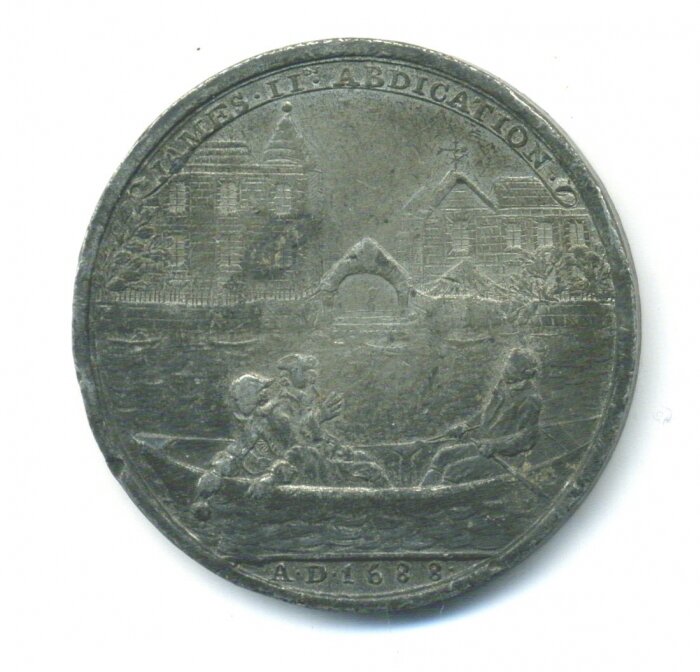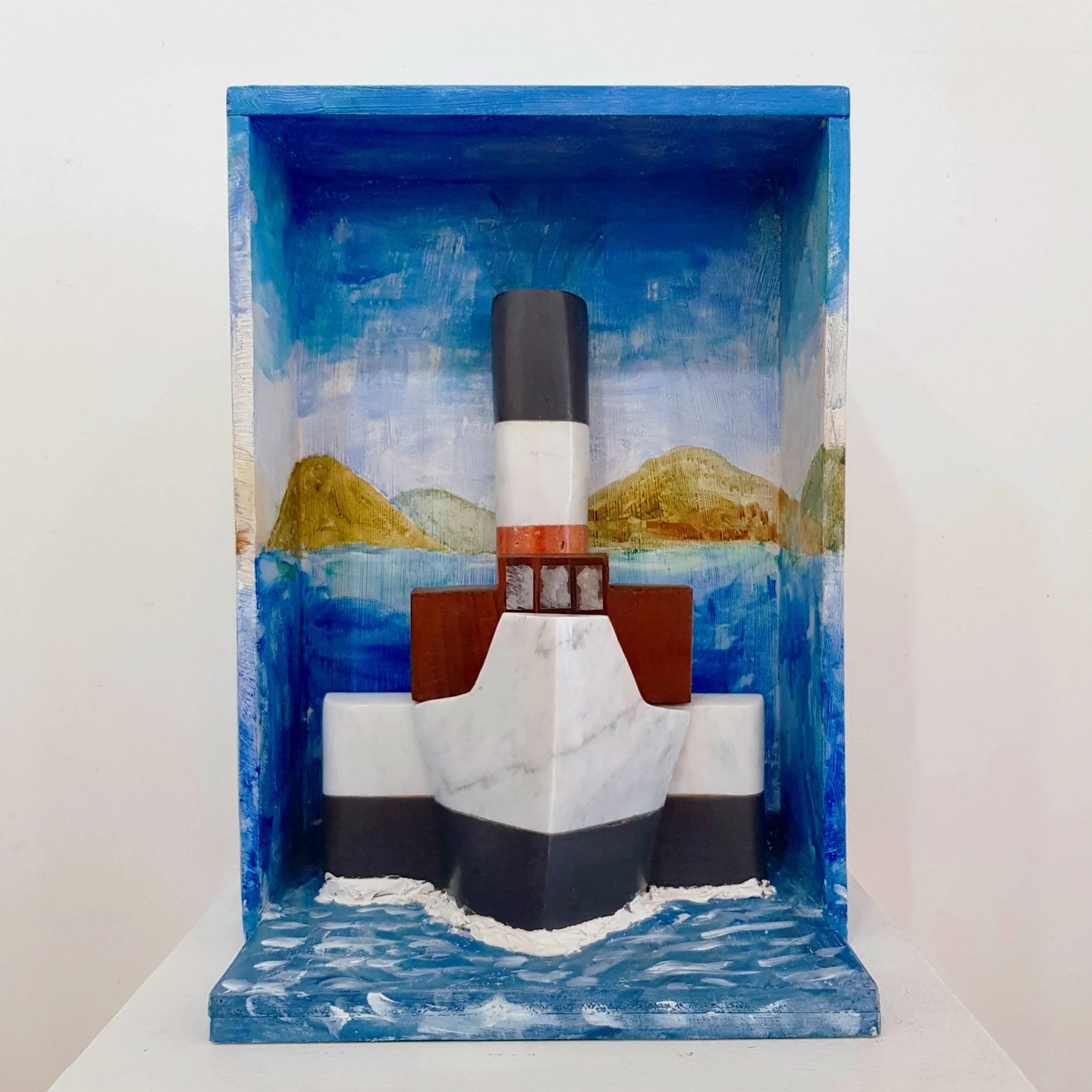A Token of Faith
26 November 2020
From the auction house to the banks of the River Thames: the wide-ranging market for religious art and antiques.
Fergus Butler-Gallie
The Reverend Fergus Butler-Gallie is Assistant Curate at Liverpool Parish Church and the author of A Field Guide to the English Clergy, a Best Book of the Year for The Times, Mail on Sunday and BBC History.
The Thames is a great teller of stories and, as befits a river of his age (for the Thames, I think- pacé the Romans imagining of a sultry female Isis- is a man), he has learned every method and trick there is to weave his tales. We might stop by Chiswick bridge, where outraged echoes of the Boat Race’s dead heat in 1877 still linger on the wind or rest as he laps at Westminster, where the Great Stink made more visceral the tales told by Dickens and Mayhew of the state of London life, or carry on down to Wapping or Limehouse and feel in the glow of a summer’s day the past heat of Blitzed docklands once ablaze. Yet Father Thames doesn’t only deal in memory or sensation and some of his best stories are told through the medium of real, tangible, collectible things.
It was just such a thing- a curved and crafted bit of metal poking out of the mud near Shadwell- that was one of the first finds when mudlarking (another neo-Victorian craze to sweep the nation, alongside fads for gin and public health crises) was allowed to resume after the Spring lockdown, discovered as it was by the Tweeting mudlark, Lara Maiklem. It was a badge, depicting St Osmund, the Norman noble and clergyman, whose shrine in Salisbury would have been visited by the medieval pilgrim who then, on safe return to London and as per tradition, hurled it into the Thames.
Detail: St Osmund pilgrim badge, 15th century, as found by Lara Maiklem on Twitter @LondonMudlark.
Image credit: Lara Maiklem on Twitter @LondonMudlark
There was once such a market for these little pieces of medieval tourist memorabilia, to the extent that it was flooded by cheap Victorian forgeries when earlier mudlarks became a bit more enterprising. Ostensibly, they lend themselves very well to being collectibles: each site had its own symbol, from the scallop of Santiago to a bizarre image of a man balancing on an antelope which you got if you made the trip to see Henry VI’s tomb at Windsor. The problem with them being mass (read, cheaply) produced and routinely chucked into rivers is that, in the words of Tim Millett of Historic Medals ‘people don’t really get a chance to get going with collecting them. I think if the supply was there the market would follow’.
In addition, whilst they were never made of sufficiently precious metal to count as treasure, those found in the Thames in particular are the property of the Port of London Authority, who prefer to send them to local museums and the like than to foster an incipient fashion for badge collecting. They do occasionally appear at auction, but the ravages of time or mud or picking pilgrims stuck in medieval traffic jams mean that their condition is rarely pristine and their estimates low. A group of Thomas Becket badges that came up at a small sale in Derbyshire in 2017, for example, went for around £80 per almost severed head.
Of course, more mainstream religious art remains hugely desirable to collectors- but the gulf in potential price, availability or, importantly, material fragility between a Giotto altarpiece and a plastic relief of the Virgin from Knock or Lourdes hardly needs pointing out. Whilst distinction between holy tat and religious treasure is in the eye of the beholder, the market has a pretty good idea of what it considers valuable. Aesthetic appeal is one aspect that influences this of course- but when the prayer book belonging to Mary Queen of Scots sold for £311,250 at Christie’s in July, its historic links undoubtedly meant it wasn’t only being bought for the beauty of its binding.
Yet there is value in the ordinary too; whilst pilgrim badges may not be top of the collectibles list, prayer nuts- small, openable beads with sculpted miniatures within, produced as a form of portable prayer aid that could be attached to a belt- are a prime example of everyday religious objects that find themselves making monumental sums. In 2013 a Netherlandish example from the early 1500s sold at Sotheby’s in London for £92,500, nearly three times its estimate. It is, undoubtedly, a thing of beauty and craftsmanship and its smallness makes its survival across the centuries all the more astonishing (I wonder whether any similar pieces lurk under the Shadwell mud) but part of its value- that which can’t, of course, be quantified- must surely come from the faith it inspired and the stories it might tell. So here’s to all those little objects (be they worth £80 or over £80,000) that were clutched and hallowed and prayed with, for they are great tellers of stories- tellers, indeed, of the greatest story- as well.







